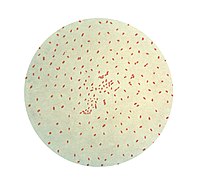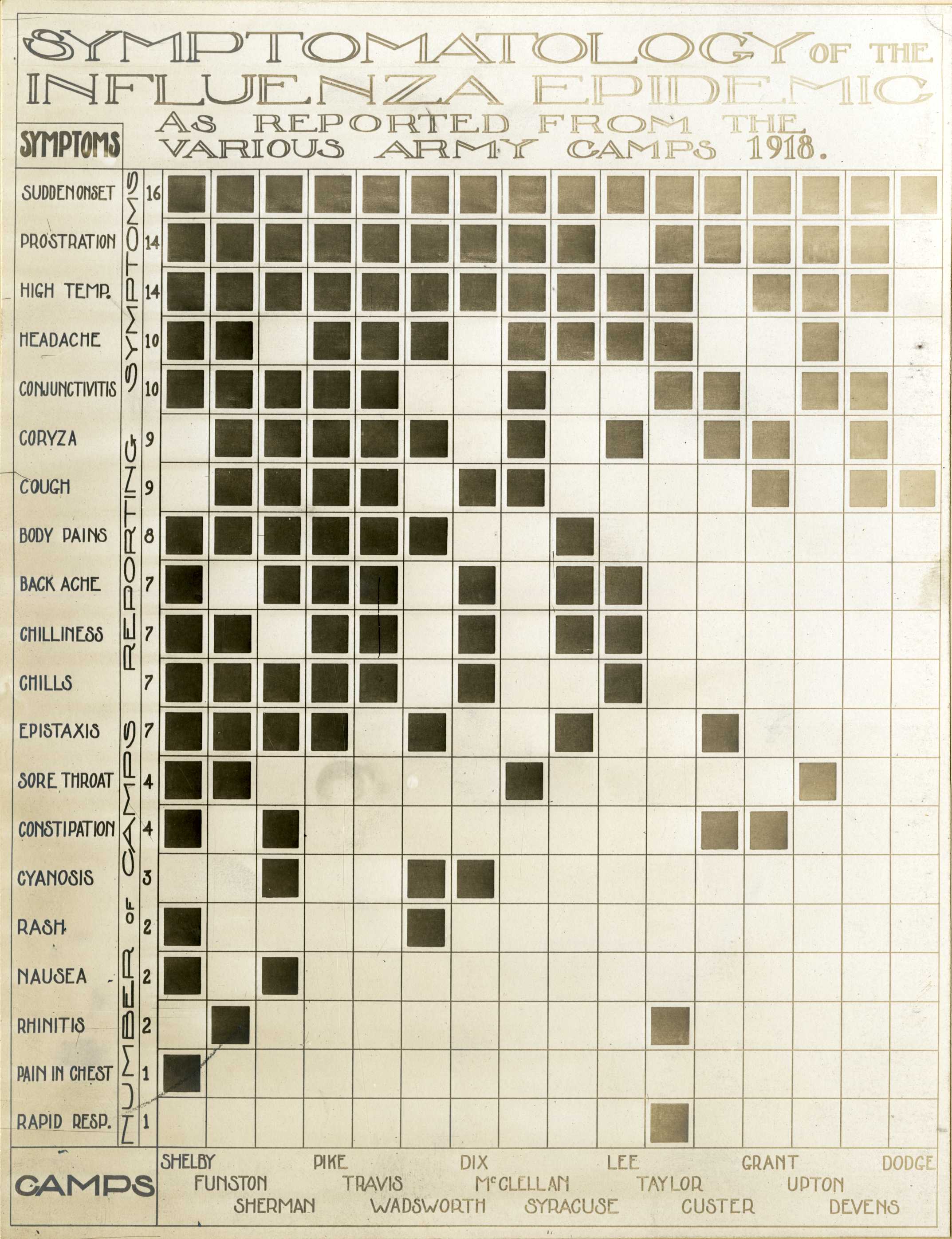
Humoral immunity to SARS-CoV-2 and seasonal coronaviruses in children and adults in north-eastern France
Sign Up to like & getrecommendations! Published in 2021 at "EBioMedicine"
DOI: 10.1016/j.ebiom.2021.103495
Abstract: Background Children are underrepresented in the COVID-19 pandemic and often experience milder disease than adolescents and adults. Reduced severity is possibly due to recent and more frequent seasonal human coronaviruses (HCoV) infections. We assessed the… read more here.
Keywords: north eastern; seasonal hcov; hcov; eastern france ... See more keywords

Less severe course of COVID-19 is associated with elevated levels of antibodies against seasonal human coronaviruses OC43 and HKU1 (HCoV OC43, HCoV HKU1)
Sign Up to like & getrecommendations! Published in 2021 at "International Journal of Infectious Diseases"
DOI: 10.1016/j.ijid.2021.02.085
Abstract: The clinical course of COVID-19 is very heterogeneous: Most infected individuals can be managed in an outpatient setting, but a substantial proportion of patients requires intensive care, resulting in a high rate of fatalities. We… read more here.
Keywords: hcov oc43; hcov hku1; severe course; course covid ... See more keywords

SARS-CoV-2 and other human coronaviruses: Mapping of protease recognition sites, antigenic variation of spike protein and their grouping through molecular phylogenetics
Sign Up to like & getrecommendations! Published in 2021 at "Infection, Genetics and Evolution"
DOI: 10.1016/j.meegid.2021.104729
Abstract: In recent years, a total of seven human pathogenic coronaviruses (HCoVs) strains were identified, i.e., SARS-CoV, SARS-CoV-2, MERS-CoV, HCoV-OC43, HCoV-229E, HCoV-NL63, and HCoV-HKU1. Here, we performed an analysis of the protease recognition sites and antigenic… read more here.
Keywords: recognition sites; recognition; hcov; sars cov ... See more keywords

Mouse models susceptible to HCoV-229E and HCoV-NL63 and cross protection from challenge with SARS-CoV-2
Sign Up to like & getrecommendations! Published in 2023 at "Proceedings of the National Academy of Sciences of the United States of America"
DOI: 10.1073/pnas.2202820120
Abstract: Significance Human coronavirus 229E(HCoV-229E) and NL63 (HCoV-NL63) are endemic worldwide and cause mild upper respiratory infections or occasionally, more severe lower respiratory tract infections. Mice are not permissive to these virus infections primarily because they… read more here.
Keywords: hcov nl63; hcov; mouse models; hcov 229e ... See more keywords

Immunoinformatics-guided designing and in silico analysis of epitope-based polyvalent vaccines against multiple strains of human coronavirus (HCoV)
Sign Up to like & getrecommendations! Published in 2021 at "Expert Review of Vaccines"
DOI: 10.1080/14760584.2021.1874925
Abstract: ABSTRACT Objectives: The group of human coronaviruses (HCoVs) consists of some highly pathogenic viruses that have caused several outbreaks in the past. The newly emerged strain of HCoV, the SARS-CoV-2 is responsible for the recent… read more here.
Keywords: based polyvalent; polyvalent vaccines; epitope based; hcov ... See more keywords

Do Sputnik V Vaccine-Induced Antibodies Protect Against Seasonal Coronaviruses? Case Study.
Sign Up to like & getrecommendations! Published in 2022 at "Viral immunology"
DOI: 10.1089/vim.2021.0157
Abstract: There are hundreds of coronaviruses, most of which circulate among animals, yet there are seven types that infect humans. Three of them can cause severe acute respiratory illness-SARS-CoV, SARS-CoV-2, and MERS-CoV. Other HCoV-229E, HCoV-OC43, HCoV-NL63,… read more here.
Keywords: induced antibodies; hcov; vaccine induced; respiratory ... See more keywords

PCR Array Profiling of Antiviral Genes in Human Embryonic Kidney Cells Expressing Human Coronavirus OC43 Structural and Accessory Proteins
Sign Up to like & getrecommendations! Published in 2017 at "Open Forum Infectious Diseases"
DOI: 10.1093/ofid/ofx163.728
Abstract: Background. Human coronaviruses (HCoV) OC43, 229E, NL63 and HKU1 commonly cause upper respiratory tract infections, but can also cause severe lower respiratory tract disease. Increased use of diagnostic assays for respiratory viruses has facilitated detection… read more here.
Keywords: hku1; hcov oc43; age; hcov ... See more keywords

Species‐specific clinical characteristics of human coronavirus infection among otherwise healthy adolescents and adults
Sign Up to like & getrecommendations! Published in 2018 at "Influenza and Other Respiratory Viruses"
DOI: 10.1111/irv.12538
Abstract: Human coronavirus (HCoV) is a known cause of influenza‐like illness (ILI). In a multisite, observational, longitudinal study of ILI among otherwise healthy adolescents and adults, 12% of subjects were PCR‐positive for HCoV. The distribution of… read more here.
Keywords: healthy adolescents; human coronavirus; otherwise healthy; hcov ... See more keywords

The substrate selectivity of papain-like proteases from human-infecting coronaviruses correlates with innate immune suppression
Sign Up to like & getrecommendations! Published in 2023 at "Science Signaling"
DOI: 10.1126/scisignal.ade1985
Abstract: Coronaviruses that can infect humans can cause either common colds (HCoV-NL63, HCoV-229E, HCoV-HKU1, and HCoV-OC43) or severe respiratory symptoms (SARS-CoV-2, SARS-CoV, and MERS-CoV). The papain-like proteases (PLPs) of SARS-CoV, SARS-CoV-2, MERS-CoV, and HCoV-NL63 function in… read more here.
Keywords: like proteases; hcov; innate immune; papain like ... See more keywords

Molecular Evolution of Human Coronavirus 229E in Hong Kong and a Fatal COVID-19 Case Involving Coinfection with a Novel Human Coronavirus 229E Genogroup
Sign Up to like & getrecommendations! Published in 2021 at "mSphere"
DOI: 10.1128/msphere.00819-20
Abstract: Since its first appearance in the 1960s, the genetic diversity and evolution of human coronavirus 229E (HCoV-229E) have been relatively understudied. In this study, we report a fatal case of COVID-19 coinfected with HCoV-229E in… read more here.
Keywords: human coronavirus; hcov 229e; hcov; coronavirus 229e ... See more keywords

Glycan Nanostructures of Human Coronaviruses
Sign Up to like & getrecommendations! Published in 2021 at "International Journal of Nanomedicine"
DOI: 10.2147/ijn.s302516
Abstract: Abstract Human coronaviruses present a substantial global disease burden, causing damage to populations’ health, economy, and social well-being. Glycans are one of the main structural components of all microbes and organismic structures, including viruses—playing multiple… read more here.
Keywords: human coronavirus; glycan nanostructures; human coronaviruses; hcov ... See more keywords